Home>Ideas and Tips>Smart Toilet Features and the Future of Bathroom Technology
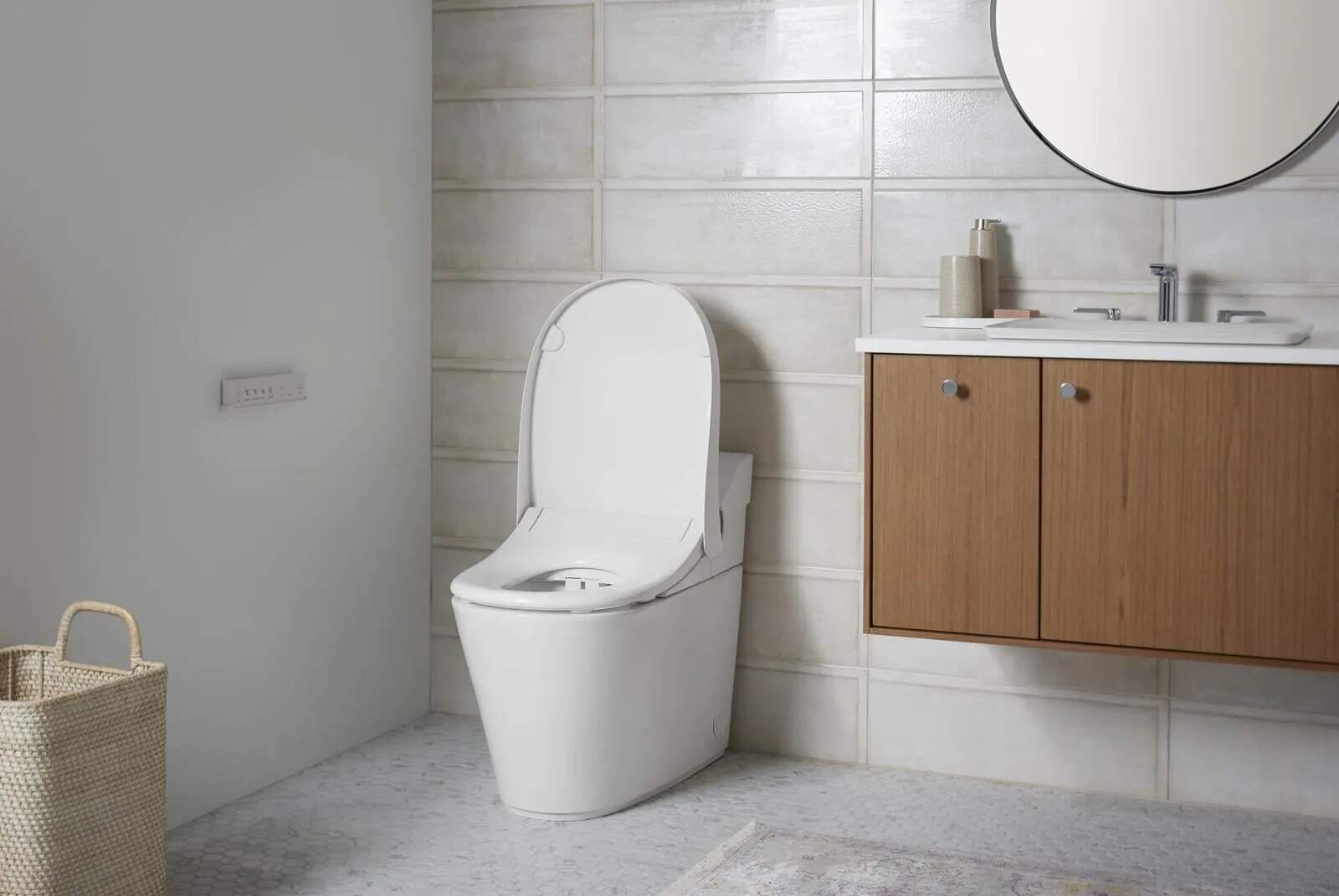

Ideas and Tips
Smart Toilet Features and the Future of Bathroom Technology
Modified: October 30, 2024
Discover the future of bathroom technology with smart toilets. Explore features like automated flushing, bidets, and health monitoring for ultimate comfort.
(Many of the links in this article redirect to a specific reviewed product. Your purchase of these products through affiliate links helps to generate commission for Storables.com, at no extra cost. Learn more)
The modern bathroom is no longer just a functional space; it has evolved into a hub of innovation and technology. Among the various advancements in smart home technology, smart toilets stand out as a significant leap forward in bathroom innovation. These advanced fixtures integrate advanced sensor technology to enhance hygiene, comfort, and efficiency, making them a crucial component of any modern bathroom. In this article, we will delve into the features and benefits of smart toilets, explore their impact on the future of bathroom technology, and discuss the emerging trends that are set to redefine the way we think about bathroom hygiene and comfort.
The Evolution of Smart Toilets
Smart toilets have come a long way from their humble beginnings as simple automatic flush systems. Over the years, they have evolved to incorporate a plethora of high-tech features designed to enhance convenience, hygiene, and user comfort. One of the standout features of smart toilets is their automated flushing system. These systems offer hands-free operation, which is both hygienic and convenient. The toilet detects when the user has finished and automatically initiates a flush, ensuring cleanliness without the need to touch any surfaces. This feature is particularly beneficial in maintaining a germ-free environment, as it eliminates the risk of cross-contamination that can occur when users manually flush the toilet.
Another significant advancement in smart toilets is the integration of bidet features. These bidets provide a more hygienic and comfortable alternative to toilet paper. They offer adjustable water pressure and temperature settings, allowing users to customize their experience. Some models even include pulsating wash functions and oscillating sprays for enhanced cleanliness. For instance, the Vovo Stylement and Eplo E16 are notable examples that feature comprehensive bidet systems.
Self-cleaning capabilities are another major advantage of smart toilets. Many models utilize ultraviolet (UV) light to sterilize the bowl, ensuring a high level of hygiene with minimal effort from the user. Automated cleaning schedules can be set to perform daily or weekly cleanings, maintaining the toilet’s cleanliness without the need for harsh chemicals. This feature not only saves time but also ensures that the toilet remains in pristine condition, reducing the risk of bacterial growth and unpleasant odors.
Advanced Sensor Technology
Smart toilets represent a significant leap forward in bathroom innovation, integrating advanced sensor technology to enhance hygiene, comfort, and efficiency. These sensors enable automated functions such as flushing, seat heating, water temperature control, and even health monitoring through urine and stool analysis. For example, some smart toilets come equipped with sensors that analyze the consistency of solid waste, urine color, duration, and pressure. This data can be used to provide feedback to a mobile app on the user's phone, offering insights into hydration levels, protein intake, and roughage consumption. This kind of technology could revolutionize personal health monitoring by providing valuable data without any additional effort from the user.
The global smart toilet market is expanding rapidly, driven by increasing consumer demand for hygiene-focused and technologically advanced bathroom solutions. By 2026, the market is projected to surpass $5 billion, with a compound annual growth rate (CAGR) exceeding 15%. This growth reflects the rising adoption of smart home technologies and the emphasis on health and wellness across demographics.
Health Monitoring Capabilities
One of the most exciting trends in smart toilet technology is the incorporation of health monitoring features. Future smart toilets might be able to analyze waste to provide health insights, potentially detecting issues early and offering users health tips based on their findings. This kind of technology could significantly enhance personal health monitoring by providing real-time data that can be used to prevent chronic diseases. For instance, sensors in smart toilets could detect abnormal urine or stool samples, alerting users to potential health issues and encouraging them to seek medical attention if necessary.
Sustainability and Water Conservation
Smart toilets are not only about enhancing hygiene and comfort; they also play a crucial role in sustainability and water conservation. Advanced systems can adjust flush volumes based on usage patterns, contributing to water conservation efforts. For example, low-flow shower heads and smart shower valves can lower the total volume of water used during showers. Smart valves can be voice-controlled to set the temperature to a specific degree, minimizing the time spent adjusting water temperature and reducing overall water consumption.
Emerging Technologies and Trends
The future of smart toilets lies in further integration with AI, personalized health monitoring capabilities, and expanding global market reach. Emerging technologies such as AI-driven features, which can learn user preferences and adjust settings automatically, are on the horizon. For instance, a leading bathroom appliance company recently launched a smart toilet model equipped with AI-powered sensors that adjust water temperature, seat height, and lighting based on user preferences. This marks a significant advancement in user-centric design, ensuring that the toilet adapts to individual needs seamlessly.
Improvements in energy efficiency and water-saving technologies are also expected to make smart toilets more eco-friendly. Dual-flush systems and advanced water-saving mechanisms will become increasingly common, reducing the environmental impact of these high-tech fixtures. Additionally, the integration of IoT (Internet of Things) technology will enable seamless connectivity between smart toilets and other home devices, creating a more integrated smart home ecosystem.
Read more: Shadows Of The Future Smart Home Integration
Privacy Concerns
While smart toilets offer numerous benefits, they also raise privacy concerns. The bathroom is typically perceived as a place for absolute privacy, and consumers add an extra layer of scrutiny to any technology they consider placing in this intimate space. Companies developing smart bathroom products must have very secure technologies and transparent privacy policies to address these concerns. For instance, TOTO's Wellness Toilet prototype includes sensors that measure various parameters without requiring users to wear devices, providing wellness checks without compromising privacy.
Top Brands and Market Leaders
Several brands have established themselves as leaders in the smart toilet market, known for their innovation, reliability, and customer satisfaction. Notable brands include Toto, Kohler, and Woodbridge. These companies have consistently introduced models that push the boundaries of what a toilet can do, combining functionality with luxury. Toto's Neorest and Woodbridge's B0970S are examples of high-end models that offer advanced features like automated flushing systems and self-cleaning mechanisms.
Installation and Maintenance
While smart toilets offer numerous benefits, their installation and maintenance require careful consideration. Ensuring that the existing plumbing and electrical systems can accommodate the new toilet is crucial. For instance, the installation of some high-end models might necessitate the removal of drywall to install a wall carrier, which supports the toilet and conceals the plumbing. Regular maintenance tips include routinely cleaning the bidet nozzles and checking the functionality of self-cleaning mechanisms. Using the proper cleaning agents recommended by the manufacturer can prevent damage to the toilet’s sensitive components.
Conclusion
Smart toilets represent a paradigm shift in bathroom hygiene and comfort through sensor technology. As they continue to evolve with advancements in AI, IoT, and health monitoring capabilities, smart toilets are set to redefine the bathroom experience worldwide. By understanding their market potential, benefits as a business investment, and latest innovations, stakeholders can capitalize on the growing demand for smarter, more sustainable bathroom solutions.
In conclusion, smart toilets are not just about convenience; they are a testament to human ingenuity and the relentless pursuit of innovation. As we move forward into an era where technology seamlessly integrates into our daily lives, smart toilets will play a pivotal role in enhancing our health, comfort, and sustainability. Whether it's through advanced sensor technology, AI-driven features, or health monitoring capabilities, smart toilets are poised to revolutionize the way we think about bathroom hygiene and comfort.
Was this page helpful?
At Storables.com, we guarantee accurate and reliable information. Our content, validated by Expert Board Contributors, is crafted following stringent Editorial Policies. We're committed to providing you with well-researched, expert-backed insights for all your informational needs.

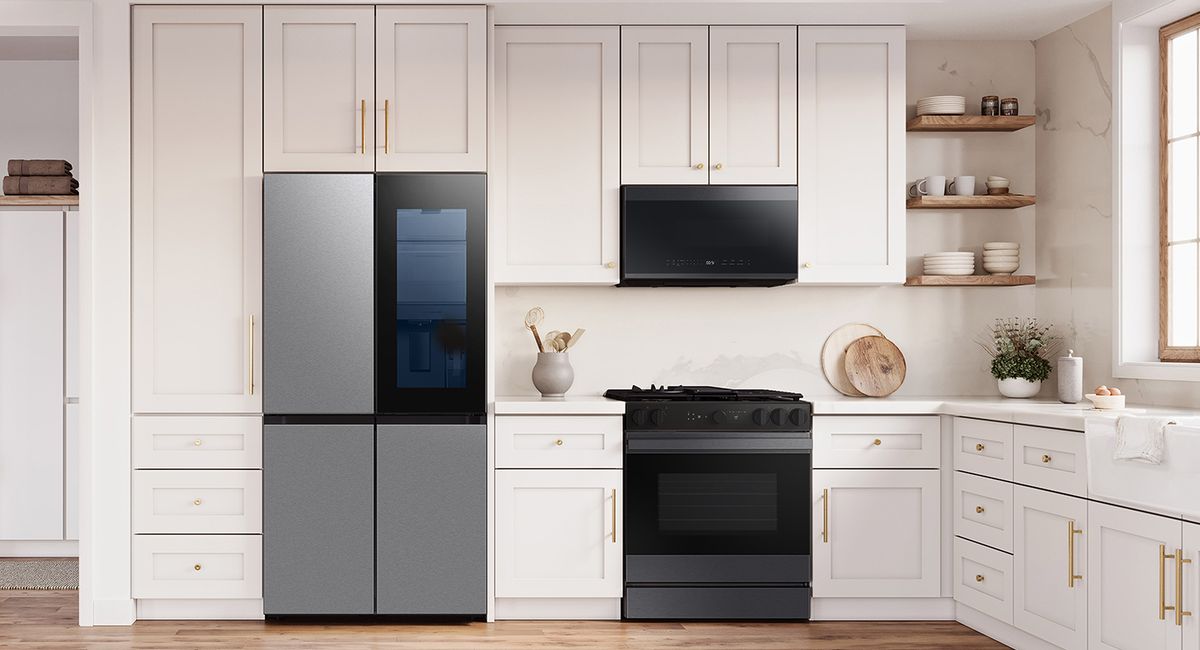
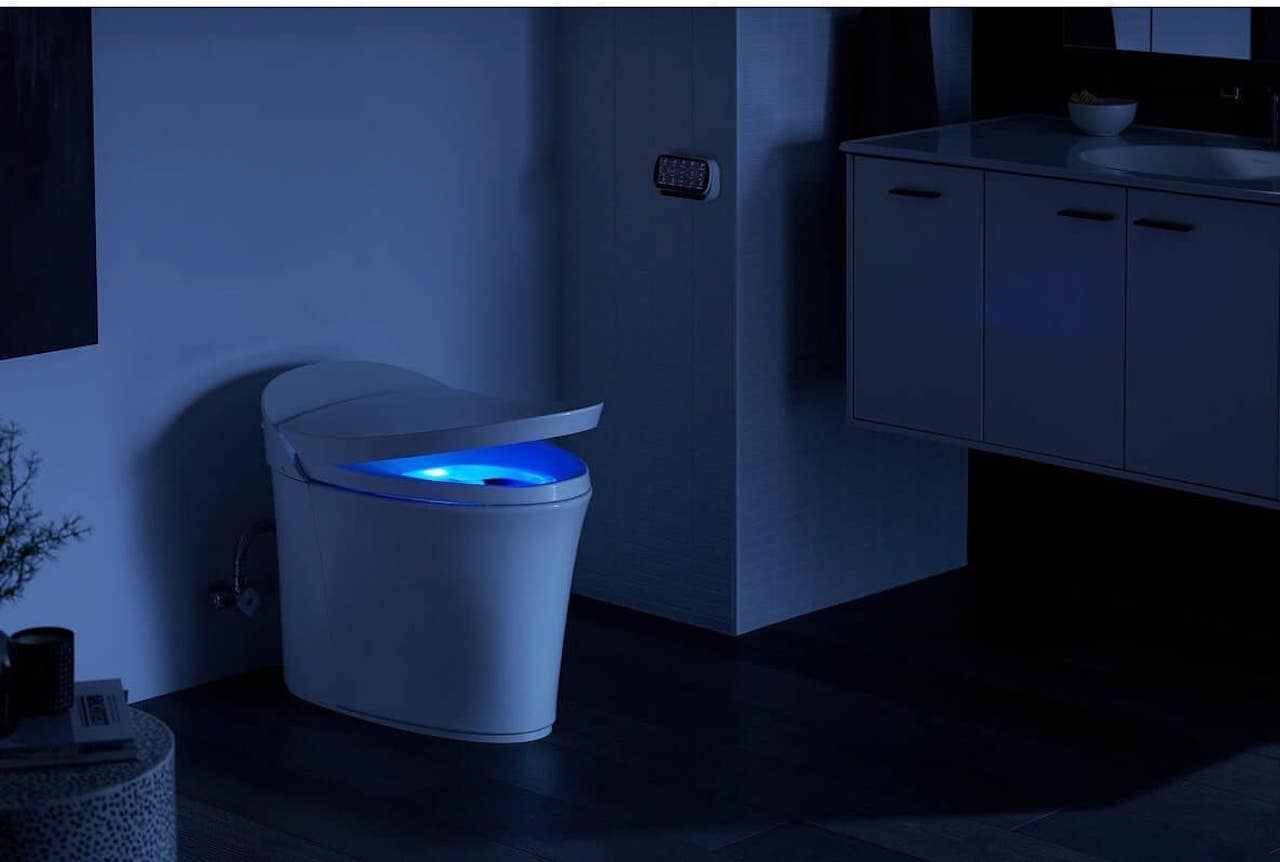

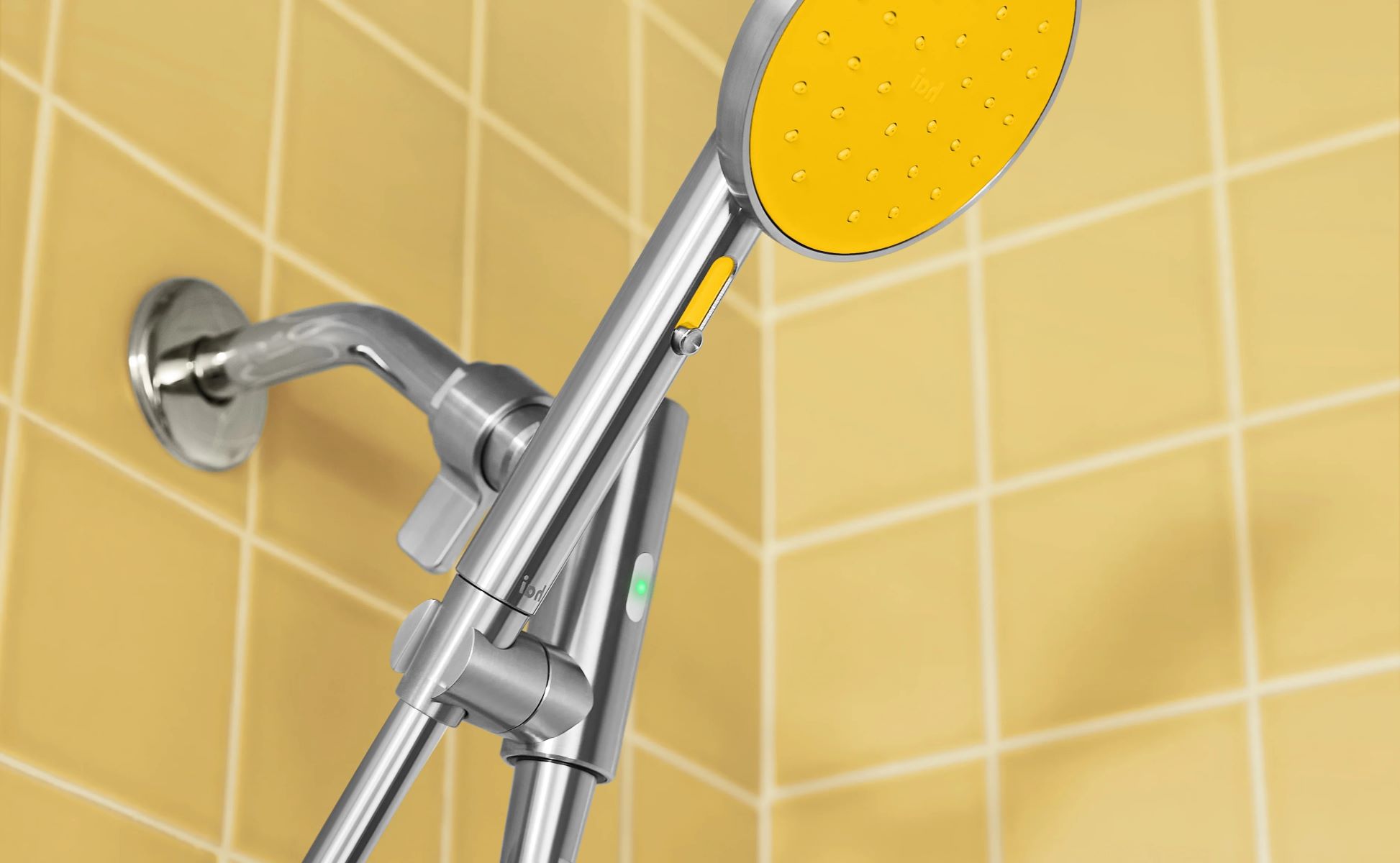
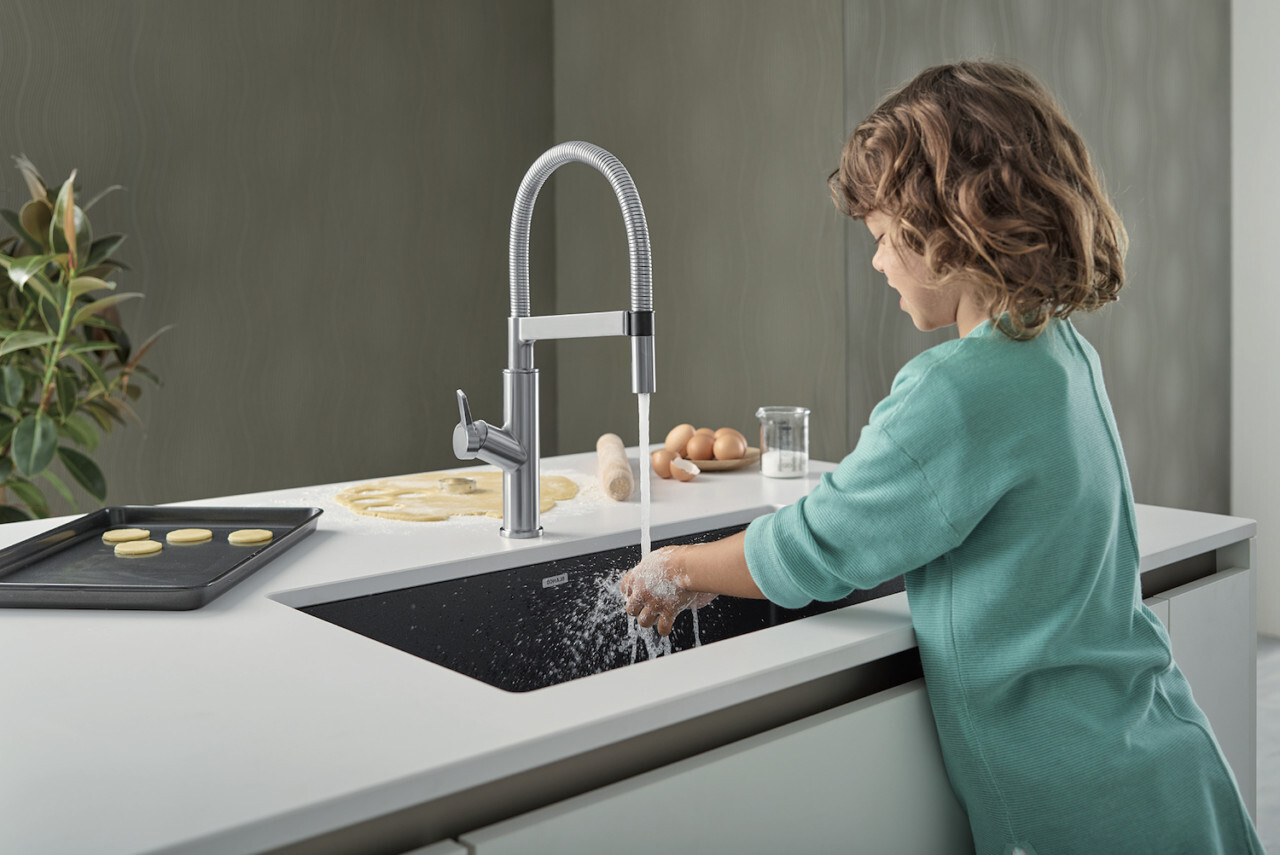
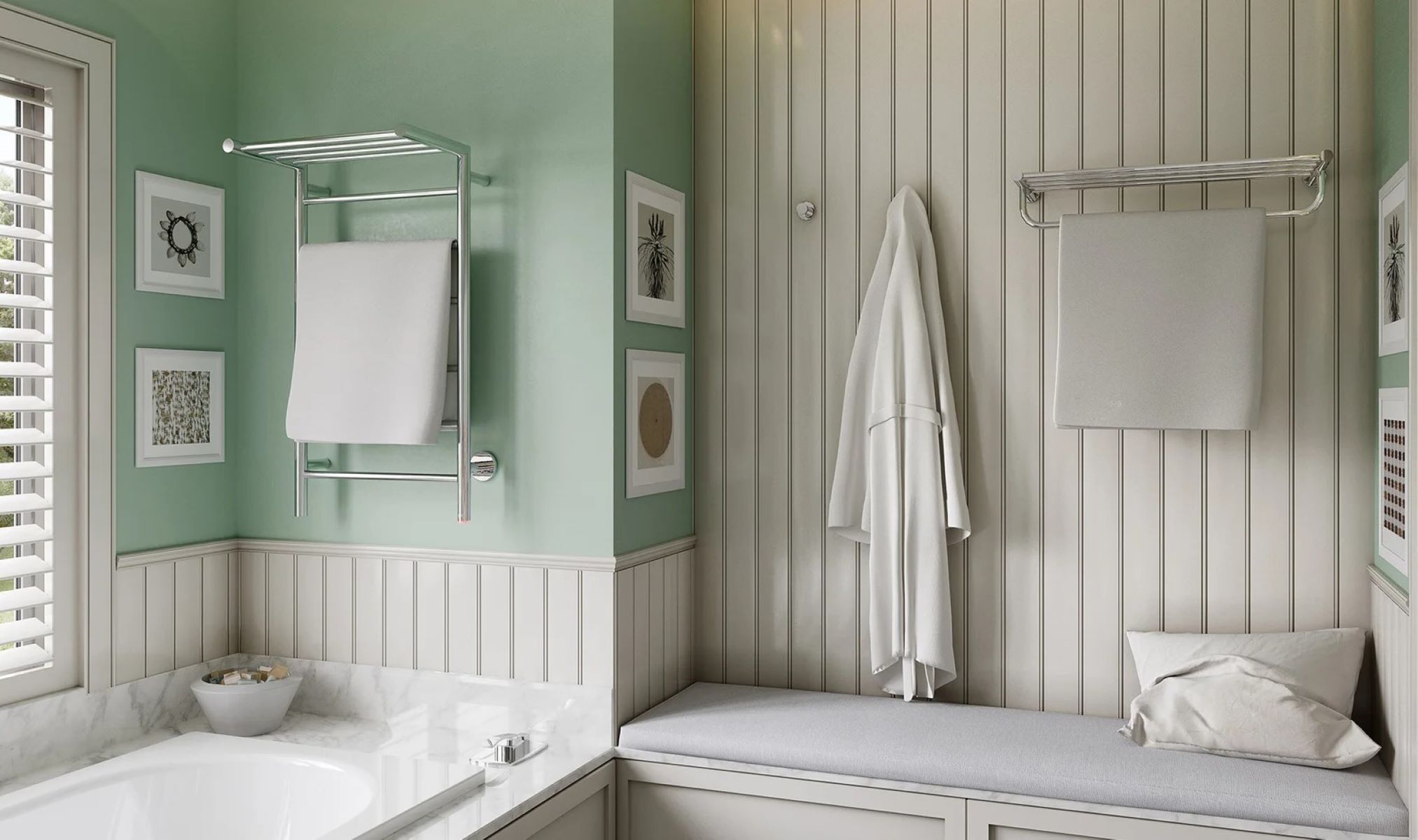
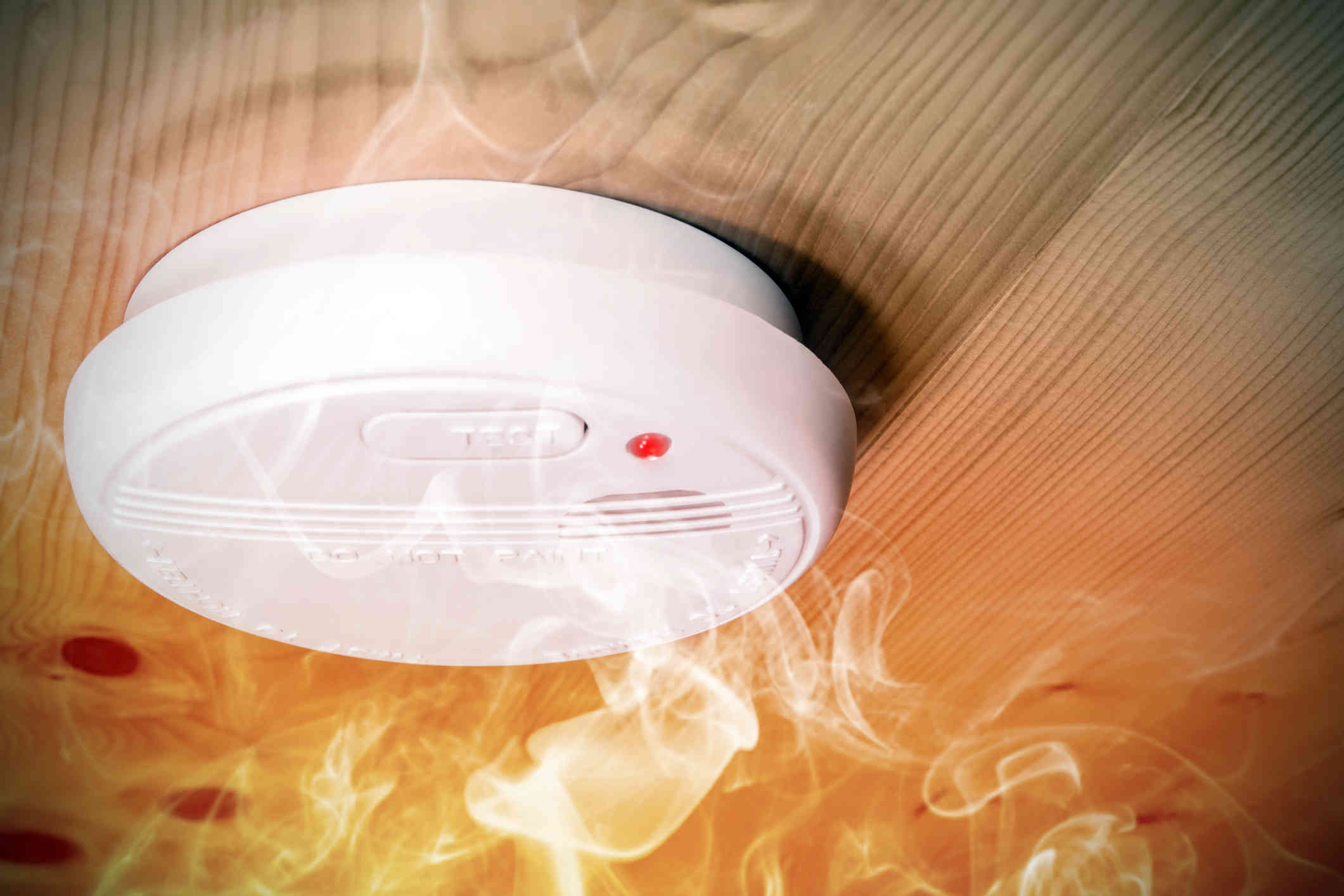

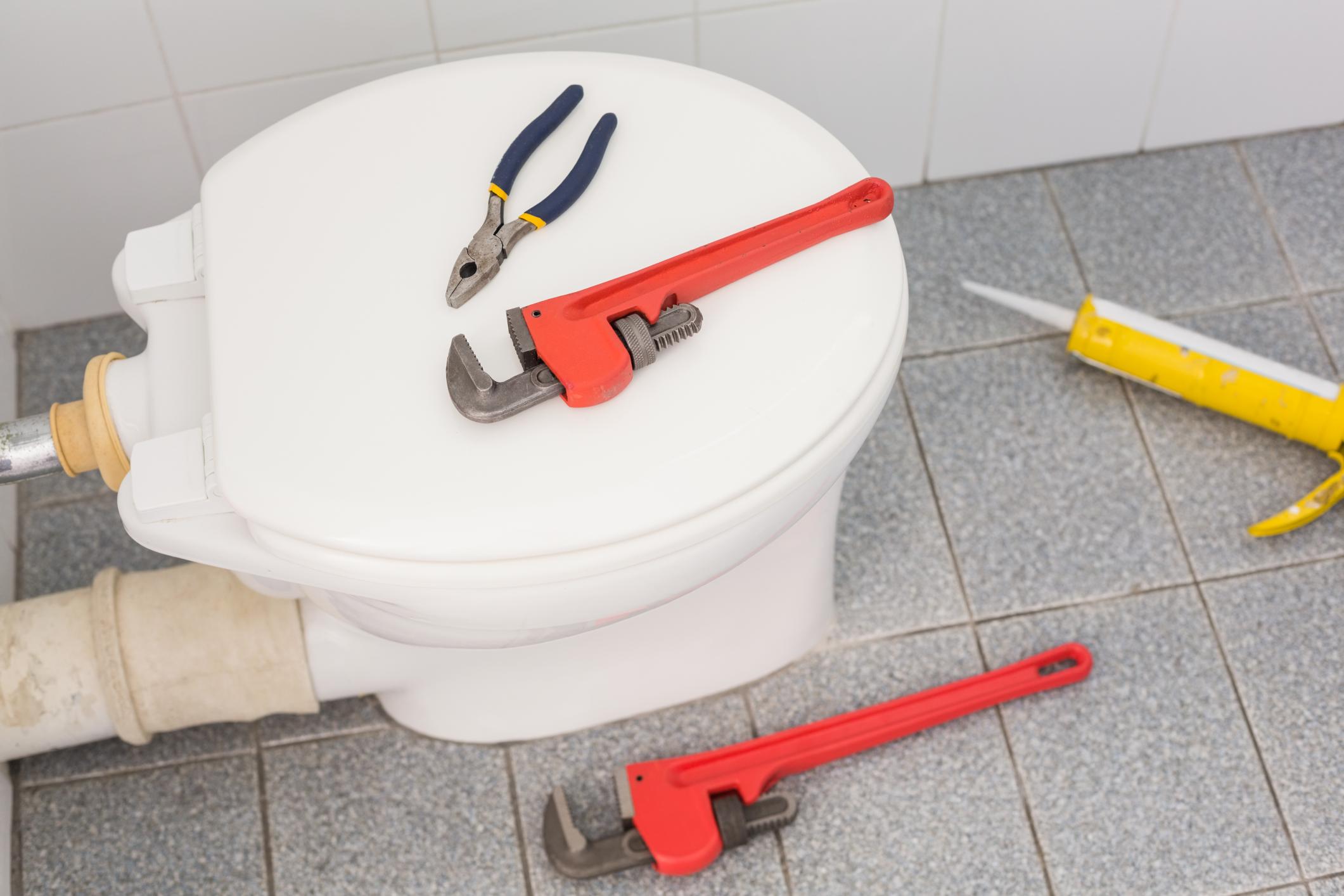
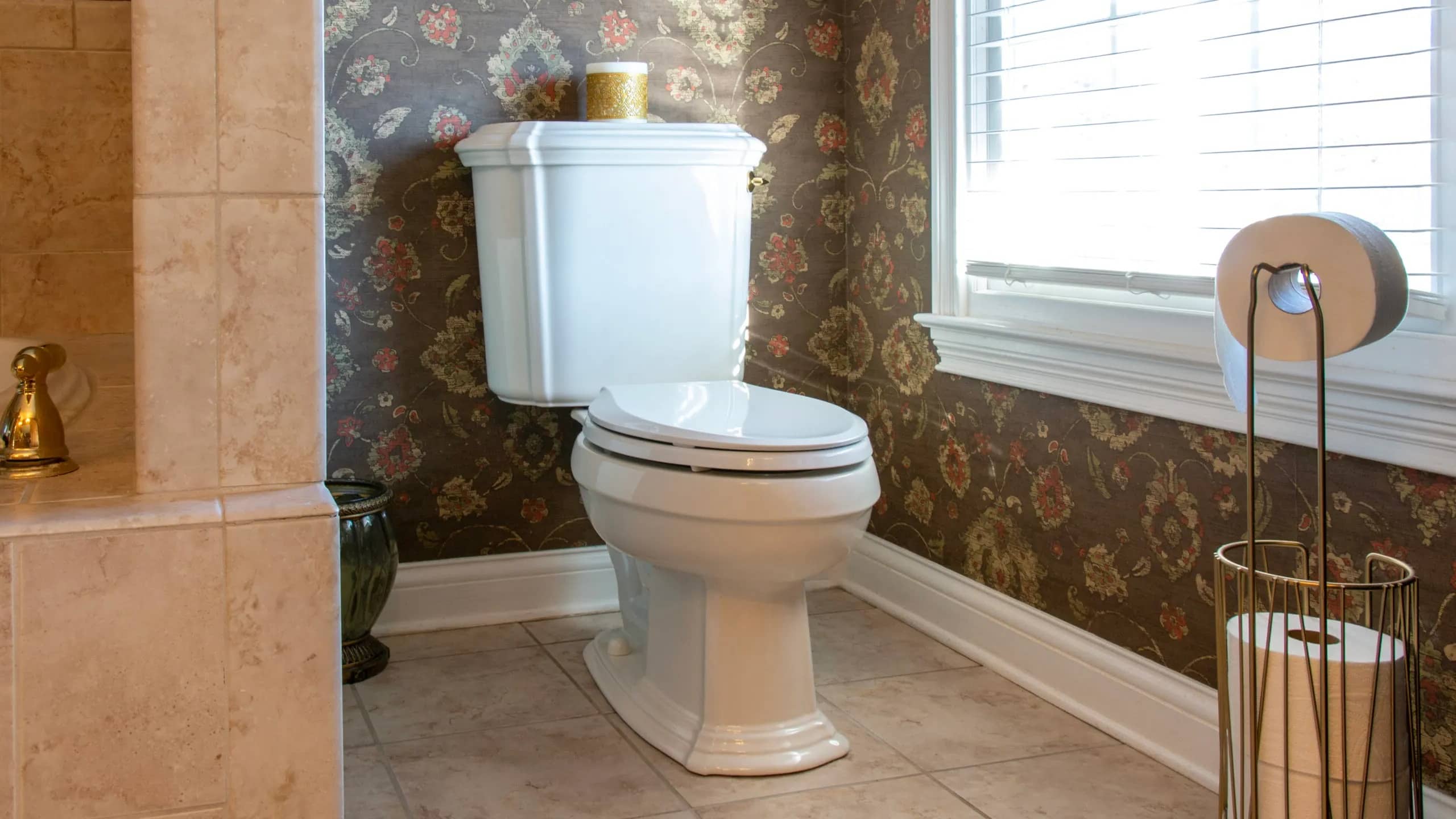
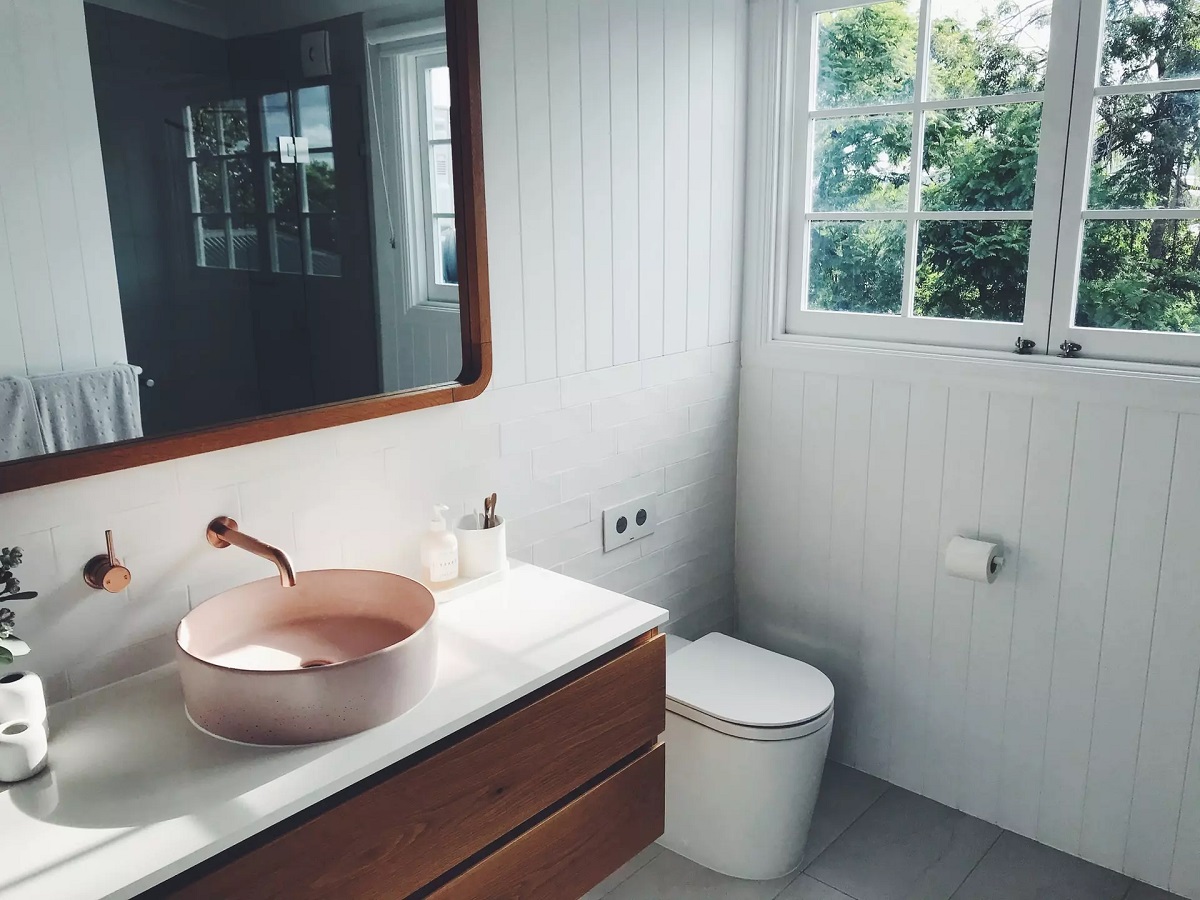

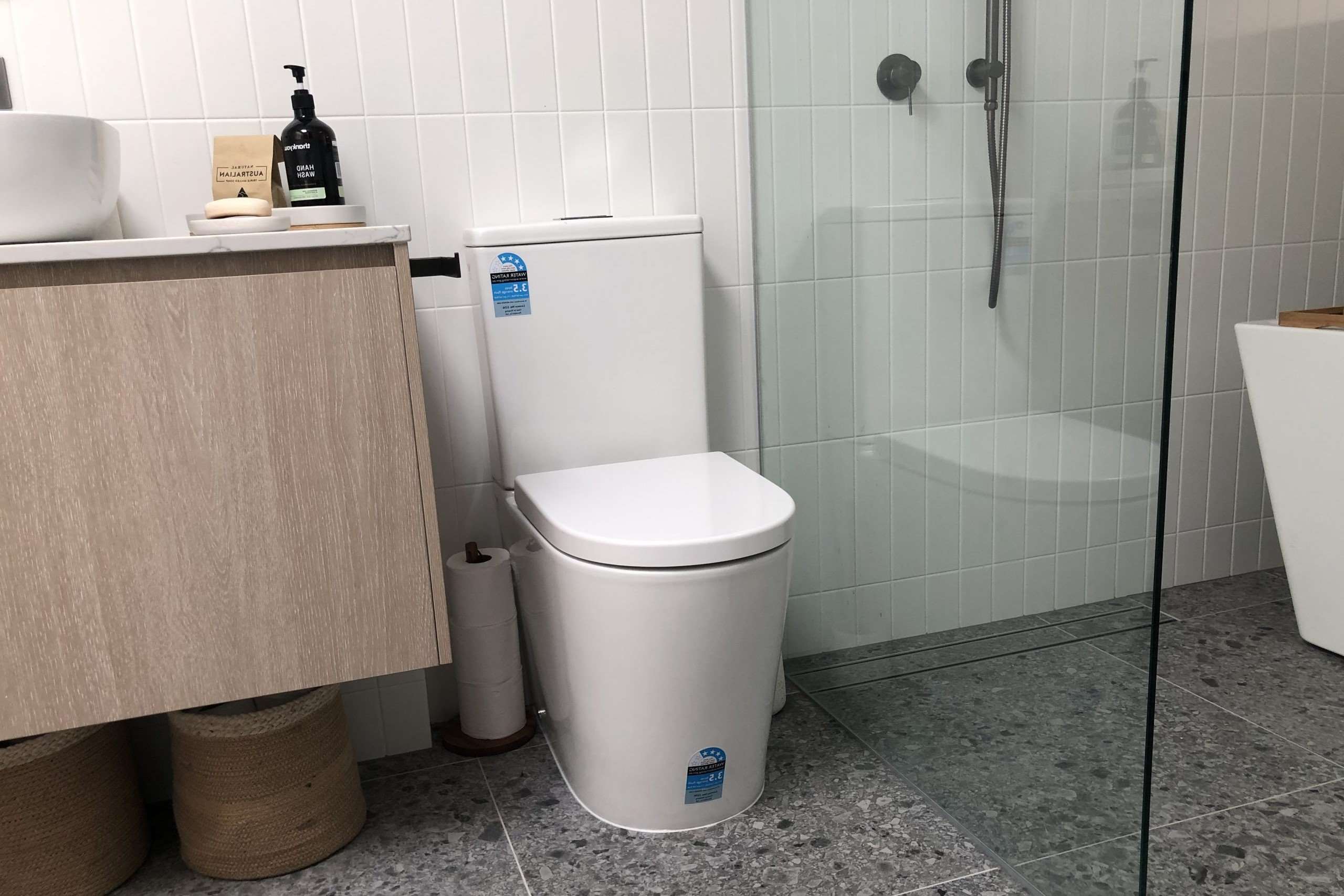

0 thoughts on “Smart Toilet Features and the Future of Bathroom Technology”